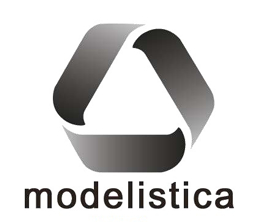As reviewed in a previous note, Trolmérida, a public agency in charge of the development of a trolleybus system in Mérida, Venezuela, contracted Modelistica in January 2006 for the study Development Strategy for the Integrated Mass Tranist Network of Mérida. Trolmérida is building a mass transit corridor from Ejido to the center of Mérida, with some 20 kilometers of bus lanes, operating with electric vehicles. This is the main public transport corridor of the city, but the idea is to complement this with a network of conventional buses and minibuses operating with integrated fares. The purpose of the study was to plan and design such integrated network, estimate future demand, and evaluate the effects on the transport system, on the urban structure and the financial conditions. Towards this end, Modelistica developed a complete socioeconomic and land use database based on a GIS system. The transport system was also included with all roads and transit lines. Next an integrated land use and transport model based on TRANUS was developed and used for projections for 5, 10 and 15 years into the future. Particular emphasis was given for the rather strict urban regulations imposed by the difficult (and attractive) topography of the area. For each time period an extension to the trolleybus line was assumed, first to the airport (Pie del LLano) and then to the center of Mérida and beyond. In each case an optimum configuration of the integrated network was included.
Results were positive and optimistic. For each time period an optimal combination of buses and minibuses was identified, operating with integrated tariffs among themselves and with the trolleybus. For the medium and long term other corridors were identified where the construction of exclusive busways are possible. If such network is implemented, results showed that benefits to users are very large, reducing the usage of private cars, and consequently reducing emissions. At the same time the results of the financial analysis showed that such a system is feasible, and without increasing current tariffs, the complete fleet can be renewed and operating costs will be amply covered. The trolleybus, however, will probably require a considerable subsidy because of the high operating cost of the electric vehicles.


